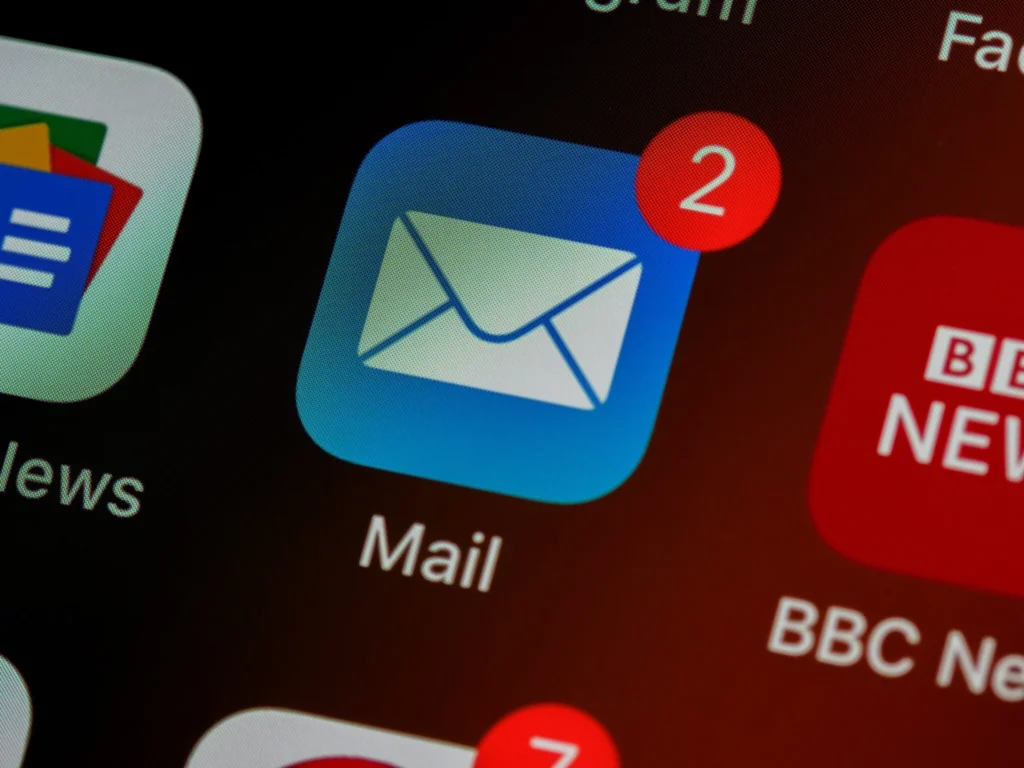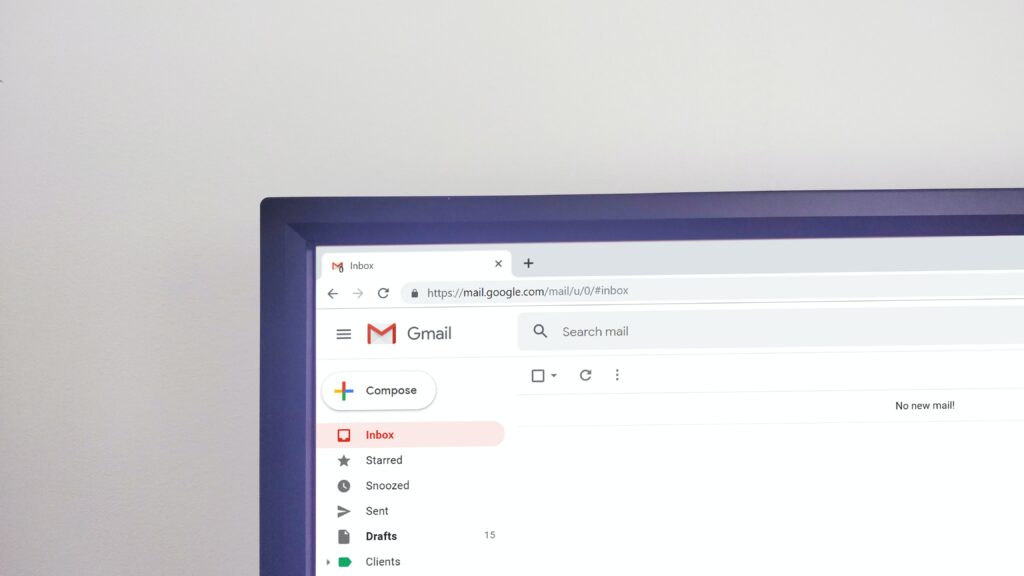With more than 333bn emails to be sent and received this year (growing to 376bn in 2025), emails remain the widest use of communication in the world.
The ability to reach over half the globe via electronic mail, means email marketing raked in $7.5bn in 2020 according to one estimate; this is expected to cross the $10bn mark next year.
Given that B2B emails tend to perform better than their B2C counterparts in terms of open and click-through rates (CTR), every business worth their salt is trying to optimise their email strategies and improve CTR.
We reached out to businesses who have this procedure nailed down and asked them: How do you improve that email CTR?
For the purposes of this article, we are defining email CTR as a single click within an email. The accepted average CTR for B2B emails is around 3%.
Make your intentions obvious
Having a clear message, sticking to one subject and crystal clear calls to action (CTAs) all featured heavily in our experts’ advice to improve email CTR.
Validity specialises in email marketing and VP of customer engagement, Guy Hanson, recommends placing that all-important link near the top of your email to boost CTR.
“There are a few best practices marketers can follow. These include ensuring that the primary call to action button is located above the fold, as less than half of email recipients will scroll down to view content that is not visible on the initial screen. To ensure this happens, they should use render testing software for all major devices and clients.
“Additionally, it’s important to make sure there is a clickable link in the first line of text in the email, which often complements the subject line, as this is the first thing recipients see.”
Likewise, founder and CCO of Scandi programmatic email advertising company Passendo, Anders Rasmussen, sees the positioning of the message as all-important.
“Achieving a healthy CTR doesn’t require any kind of voodoo or black magic, and sticking to a few simple rules will quickly reap rewards. Firstly, focus on one major subject per send out, don’t bombard your customers with numerous different messages within one email.
“Mention this topic in your email’s intro text and subject line, and include several hyperlinks within the body of the email to the appropriate URL (as well as the main call to action and clickable image). Finally, always remember the content of your email needs to be relevant to the audience demographic to give it the best chance of engagement clicks.”
Tom Ffiske is editor of the metaverse email newsletter Immersive Wire and he espouses the immediacy of the CTA.
“The earlier the link in the email, the more clicks it drives. Have one as soon as possible, with a call to action within the sentence for people to click on it.”
This methodology also chimes with Ryan Haynes, Director at marketing agency Haynes Marcoms: “Business decision makers are swamped by a deluge of daily emails, team chats and meetings. To encourage purposeful email clicks, you need to speak to their business needs. Be concise – don’t waste their time with excessive imagery that needs downloading or fluffy, irrelevant content. And have clear call-to-actions so your recipient can easily scroll and identify links if they’re interested.”
Give businesses more incentive to click
Although there is always a person at the end of a B2B email, they represent a business and if the strategy is correct, they will have decision-making responsibilities.
Three more experts suggested very different ways of ensuring engagement with recipients and improve email CTR.
Adam Oldfield, CEO of marketing automation platform Force24, proposes companies concentrate on personalisation and automation.
“When looking to improve B2B CTR, lead scoring is the marketing metric that truly matters. Quantifying the qualification of each prospect ensures marketers deliver the hottest leads to the sales team at the earliest opportunity – allowing them to focus on hyper-personalised email conversations that drive meaningful conversions. And by nurturing contacts with dynamic, tailored messaging and supplying content that’s ultra-relevant, your CTR figures should go through the roof.
“While employing a lead scoring model is revolutionary in its own right, tapping into the powers of automation enables marketers to do a lot more. Intuitive platforms afford granular control over the entire customer lifecycle, powering the process of providing content suited to each contact’s of-the-moment needs and interests, before triggering a predefined action at the optimum level of engagement.”
Considering alternative types of content is also strongly encouraged – such as the purity of a proper value exchange, aka ‘free stuff’, or differing formats and video.
Daniel Graham, founder of OnBrand Marketing says: “Content, format, imagery and layout all play their part, so be prepared to play around with all these elements. Balance the levels of content to calls to action. Build trust, authority and demonstrate expertise. Value exchanges and video content score highly, as does the feeling of personalisation, so segment your audience and data sets to make it feel personal. Test every variable, measure and test again. Trust your instinct and the data.”
Meanwhile, co-founder & CFO at Abstract House, manufacturer of sustainable art and picture frames, recounts how free tickets caused an uplift in CTRs.
“One of our most popular success stories was to launch free events for our trade clients where they can gain an exclusive view of our new art collections. Including free tickets and access to these events in our B2B email marketing has significantly grown our CTR by over 300%,” says Summer Obaid.
Finally, don’t forget the last line
And perhaps an overlooked part of the marketing email – the signature – is heralded, perhaps unsurprisingly, by Maria Dahlqvist Canton, VP Marketing at Exclaimer, an email signature specialist.
There are universal truths in signature etiquette with 98% always containing the sender’s name, 92% their company and 91% the company’s website (Newoldstamp, 2022), but a growing number are using this real estate for lead generation.
“Many businesses overlook the importance of the email signature as an effective marketing channel. It’s much more than a place for contact details: Now, software allows businesses to manage employees’ signatures, whether that’s rotating specific content to showcase your product range, including one-click surveys or appointment-booking solutions or for customer service needs, without the need for email back-and-forth.
“Its ability to collect real-time feedback and analytics means every single email can be converted into valuable, actionable insights and businesses can have a direct, personalised experience with each customer – hugely powerful given we’re on track to send and receive more than a billion emails a day by 2025,” concludes Maria.



